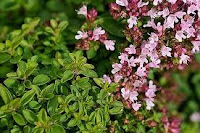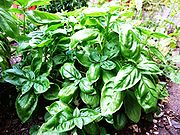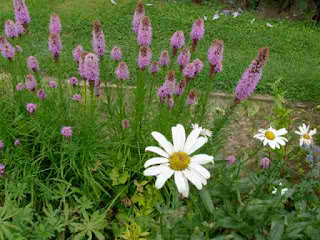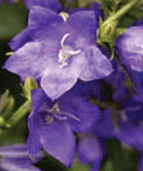Temperature Zones for Planting
Above: Yellow Yarrow is a native plant that is very hardy.
STOP buying plants that you only like for the color or size. Do your research, find out their hardiness and then make the purchase. Many people have expressed to me about perennials they bought only to have the plant die over a cold winter. That is why you must check labels and tags for the zone they will live in for extreme conditions.
Each area of your specific country or area has a zone. Check with your own countries agricultural hardiness rating to find out your zone. It is based on the warmest and coldest temperatures. The coldest it gets in winter is the most important to consider. Plants that are semi-tropical can tolerate nights of a temperature with a low of 10C but will not survive in most of the colder winters. So the hardiness zone is defined by an average annual minimum temperature. This is important for the survival of many plants otherwise you will be replacing your perennials every year.You might as well grow annuals from seed and save a lot of money.
I live in Ontario, Canada so depending on where that location I can research my zone on the Canadian Hardiness chart to see what types of plants I can safely leave outside. In order for my perennials ability to survive the harshest weather here, I need to know the ZONE. It is between 6 and 7 here in Southern Ontario, depending on the region. The plants must be able to tolerate cold, wind, drought, flooding and heat. With selected breeding, you can pick hardy plants by purchasing seeds of those varieties that will survive best. Check the tags at local garden centers to find those able to fit in your zone safely.
Generally I pick woody stemmed plants, native species and small shrubs or evergreens. Once they are mature they can withstand temperatures as low as -40C. Try some of these if you want very hardy plants. Salvia, Mints, Sedum, Shasta Daisy, Day Lily, Veronica, Oriental Poppy, Peonies, Russian Sage, Sea Thrift and Yarrow. Ornamental grasses, Native Plants and Wildflowers are a good choice to add too. Note: Perennials do fine in large planters or pots, but you will need to bury the pots outside in the ground to overwinter them. Dig the trench or hole deep enough to cover the top of the pot or simply remove the entire root ball and sink it into the ground in October. If your plant has doubled or tripled in size it's a good time to divide it while preparing it for winter.
Russian Sage
.










































